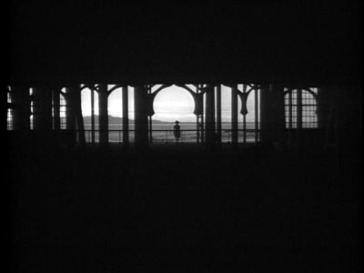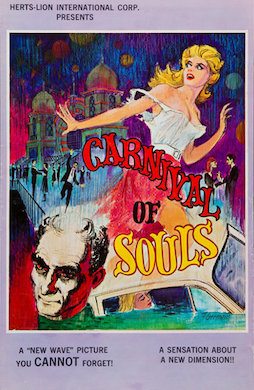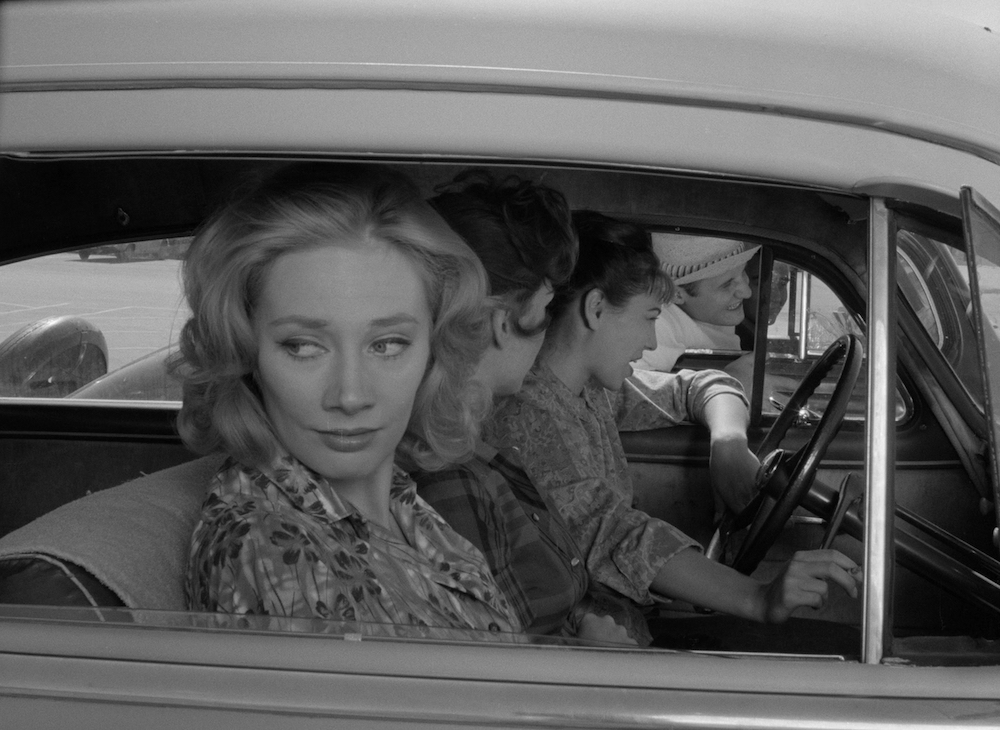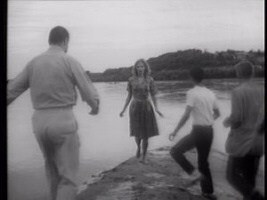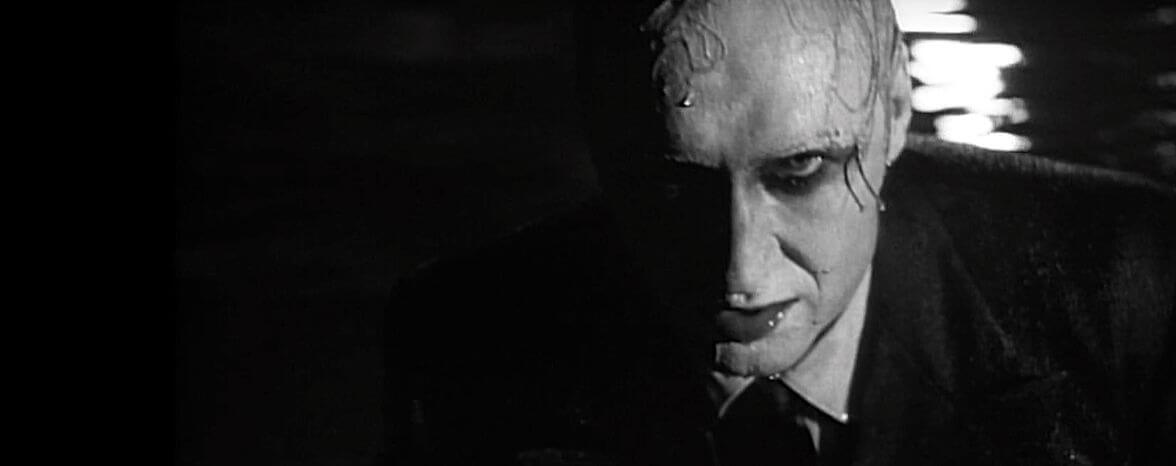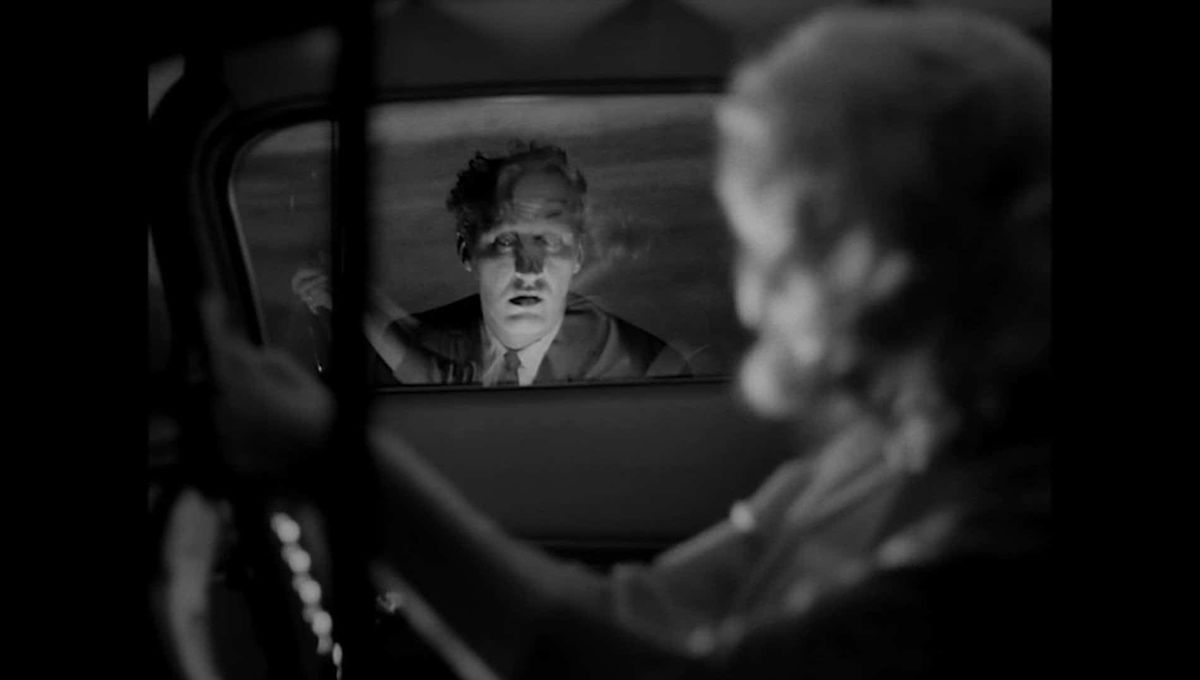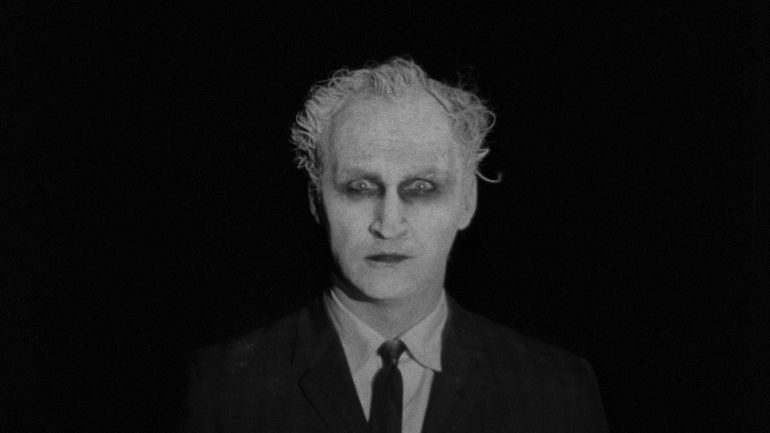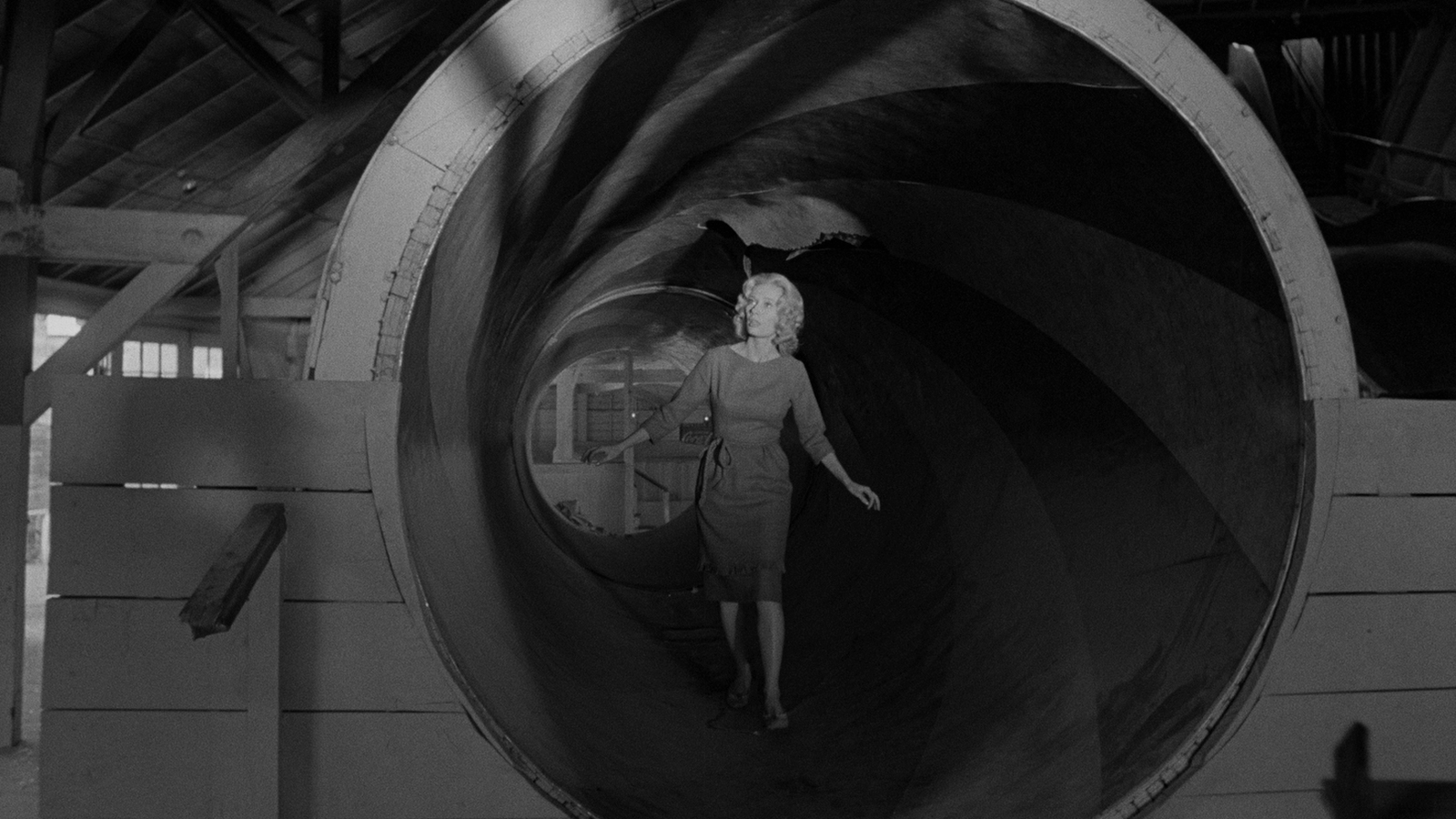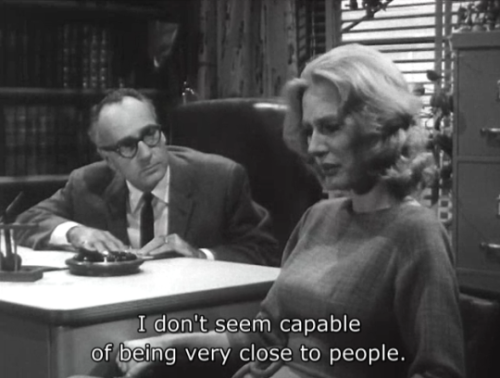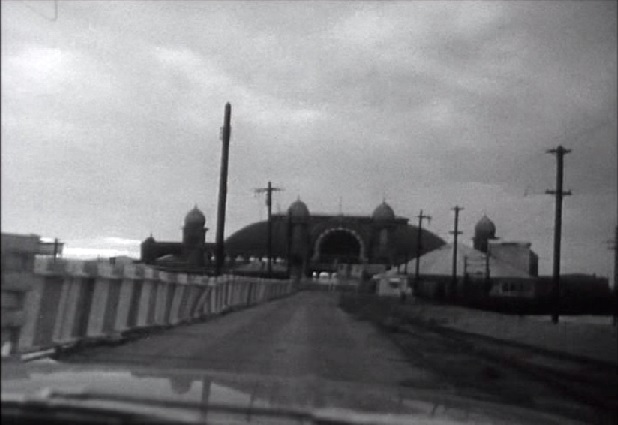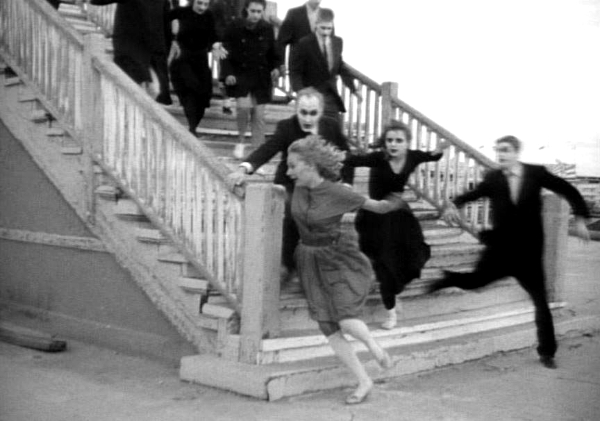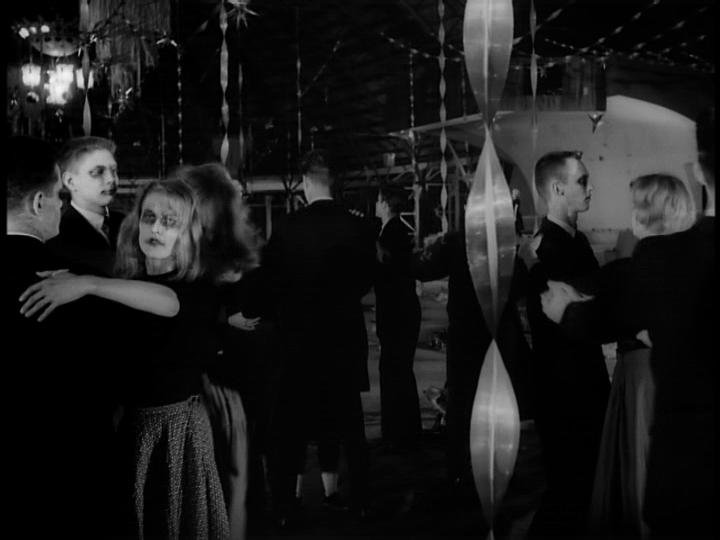
This is not a review. If you have not seen Godzilla Minus One yet, go see it then come back and read this. Not only does it contain spoilers, you won’t know what I’m talking about.
In Japanese mythology, there’s a monster called an oni. It’s basically what we would call an ogre. It’s huge, red-skinned, wears an animal pelt for a loin cloth and carries a studded iron club. They’re not very smart, they’re assholes and disaster follows in their wake.

At least, that’s how oni were back in the day.
In Japan, supernatural beings just are. They are creatures of nature and whether they are good or bad in any given interaction depends on how you treat them. Yes, they can hurt you, but don’t be a dick and they are just as likely to bless you with good fortune.
When Perry brought the black ships to Japan in 1853, oni came to represent the Americans and their bullying ways.
But then something weird and very Japanese happened: the oni stepped up and no longer represented America, they represented the Japanese will to defend themselves against the foreigners they thought would destroy their way of life.
Nowadays oni still get portrayed in ways both positive and negative in all manner of media. They’re the cute mascots for hot springs and the brutal villains of video games.
I bring this up for two reasons. 1.) I learned this shit and I’ve gotta do something with it. 2.) Any Godzilla fan should recognize that character trajectory.
There are valid arguments to be made about how marketing has affected the Godzilla franchise; how a villain can only be a villain for so long before he has to become a hero or not be marketable anymore, and how making things cute makes them sell better, etc etc. In a modern, capitalist context, and certainly when looking at the American Monsterverse movies, this applies.
However, that dismisses Japanese supernatural tradition which predates capitalism and it dismisses the fact – as so often and infuriatingly happens with fantastic fiction – that these films actually have something to say that is relevant at the time of their creation if not long after.
Viewing Godzilla and his fellow Kaiju within the Japanese supernatural tradition is extremely important but not a lens the average Western movie-goer is familiar enough with to understand.
Now, all this ties into Godzilla Minus One in a very round about way, which is fitting because Minus One brings Godzilla full circle.

1954’s Gojira was Japan dealing with the scars of World War II through the lens of an outside force of atomic origin decimating the country. The focus is on how destructive atomic power is, but the US is a shadow that hangs over the whole affair. It’s not overt, but it’s there. It was the US, after all, that woke up Godzilla with bomb testing, the same as we were the ones who actually dropped the bombs on Hiroshima and Nagasaki.
As Japan became more comfortable with nuclear power, Godzilla became just another force of nature and eventually a protector of people.
Then, for Godzilla’s seventieth anniversary, Toho drops Godzilla Minus One.
This is the Godzilla movie for a new generation. In this film, Big G himself has come back around to his origins as a brutal force of nature that is pissed off at the general dickishness war creates and he’s going to balance the scales on Tokyo’s ass. But it’s the humans in the story that have something very different to say.
For anyone who has seen more than a few Japanese movies, Godzilla Minus One feels weird.
Think back on the Japanese movies you’ve seen in the past (that aren’t Studio Ghibelli), especially the historical ones. What’s a common feature? A tragic death at the end, usually the hero we’re supposed to admire. Because death is honorable. Death is glorious. A good death is your goal and your duty to society.
You think about others and how they view you first and foremost. You don’t think about yourself and your own happiness. Don’t be selfish. The system matters. The single people within it do not, so they need to die to uphold it.
That is what made kamikaze pilots such a big deal.
That is what makes Shikishima, the terrified kamikaze pilot who couldn’t go through with it, finding redemption through choosing to live so surprising.

What if wanting to live isn’t shameful? What if actually being happy was something you should embrace?
The shift of focus for the human drama is very much a product of our times. In Gojira, the government calls in experts and rallies the public and orchestrates the defeat of Godzilla. The government is to be trusted because they are there to help us.
Minus One shows Japan coming to terms with an ugly fact: The Japanese government was as complicit in the destruction caused by World War II as America was. They expected ordinary people to keep sacrificing and dying even when they knew they were going to lose and the deaths would be pointless, all to maintain the pride of the people in charge. The war is over in the movie, but the government still refuses to help the people when danger from Godzilla is imminent.
America doesn’t get off the hook here either. We’re too busy with our red bogeyman. If we help you against this obvious threat of a dinosaur causing wonton destruction, what would the Commies think?
So if you can’t trust the system, whom can you trust? Each other.

Shikishima returns to his flattened home and ends up taking in Noriko, a woman he knows nothing about. Likewise, Noriko took on the responsibility for Akiko, a dead woman’s baby she has no relation to. This non-conventional bunch settles into being a family and eventually their disillusioned neighbor, Sumiko, becomes an extended family member.
Despite the trauma and pain, despite the personal wars each character is waging within, they pull together and edge toward happiness.

Shikishima even finds his squad when he gets a job on a mine clearing boat: Captain Akitsu, “Doc” Noda and “Kid” Mizushima. They find out what Shikishima was and they don’t care. He came through for them when it mattered, and the past is all bullshit anyway. The squad very blatantly and openly shows disdain for the system that did not care about them and saw them only as resources to be used.
When Godzilla appears and the government tap dances, the squad are the ones who step up.
It’s interesting to note that, while no one in the movie is proud of what they did in the war and Akitsu especially really hates the fact that he still has to take orders from the government, he doesn’t hesitate to step up and use the skills he accumulated in the war to do what needs to be done.

Noda himself is just Serizawa redux. A scientist who created weapons during the war who now uses his knowledge to fix things, though in a less tragic and destructive way. As passionate as Serizawa is about hiding his ill-gotten knowledge from the world, Noda understands – as does everyone in this movie – that you can’t hide from your past. He becomes just as passionate about using his knowledge to help keep everyone safe.
Really, all this is my very long way of saying that Minus One is just a remake of Gojira with a very different philosophy.
A philosophy rooted in the Japan – and the world – of today, where people are questioning if their government really has their best interests at heart. It also comes from understanding that negative experiences can give you the skills you need to create positive change when you are willing to trust each other, band together and roll the dice.

Godzilla Minus One may be an overwrought, emotionally manipulative melodrama, but it is one that gives the traditional conservative Japanese way of thinking an emphatic (though still very polite, this is Japan) middle finger.
It’s okay to live. It’s okay to let yourself be happy. It’s okay to find redemption in living to give of yourself further. Maybe society is even better when people stick around to keep it going.
We see that all the time in western movies so it’s trite and cliché for us. Japanese people wouldn’t view it the same. And this is a Japanese movie.
I think a lot of the philosophy of this movie is a push back against conservative efforts within the Japanese government to rescind article 9 of the constitution, the article that forbids Japan from having a standing army for offense. You can use military knowledge to defend, you don’t have to use it for offense. Japan has seen first hand what that does (which is why Minus One lingers on the aftermath of attacks more than the attacks themselves, though the attacks are cool).
One set detail that always remains in focus throughout the movie is the butsudan Shikishima keeps to honor the people in his life who have died. It’s a subtle thing but it’s extremely important because our ghosts and trauma are never far from us and we find it very hard to let them go willingly. By essentially spiritually remaking Gojira decades later, Godzilla Minus One is poignant evidence of how true that is.
Seventy years and Big G ain’t going anywhere.
Long live the king.
*whispers* Also, Godzilla wears pool floaties at one point in this movie which is the best thing ever.


































